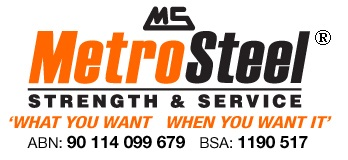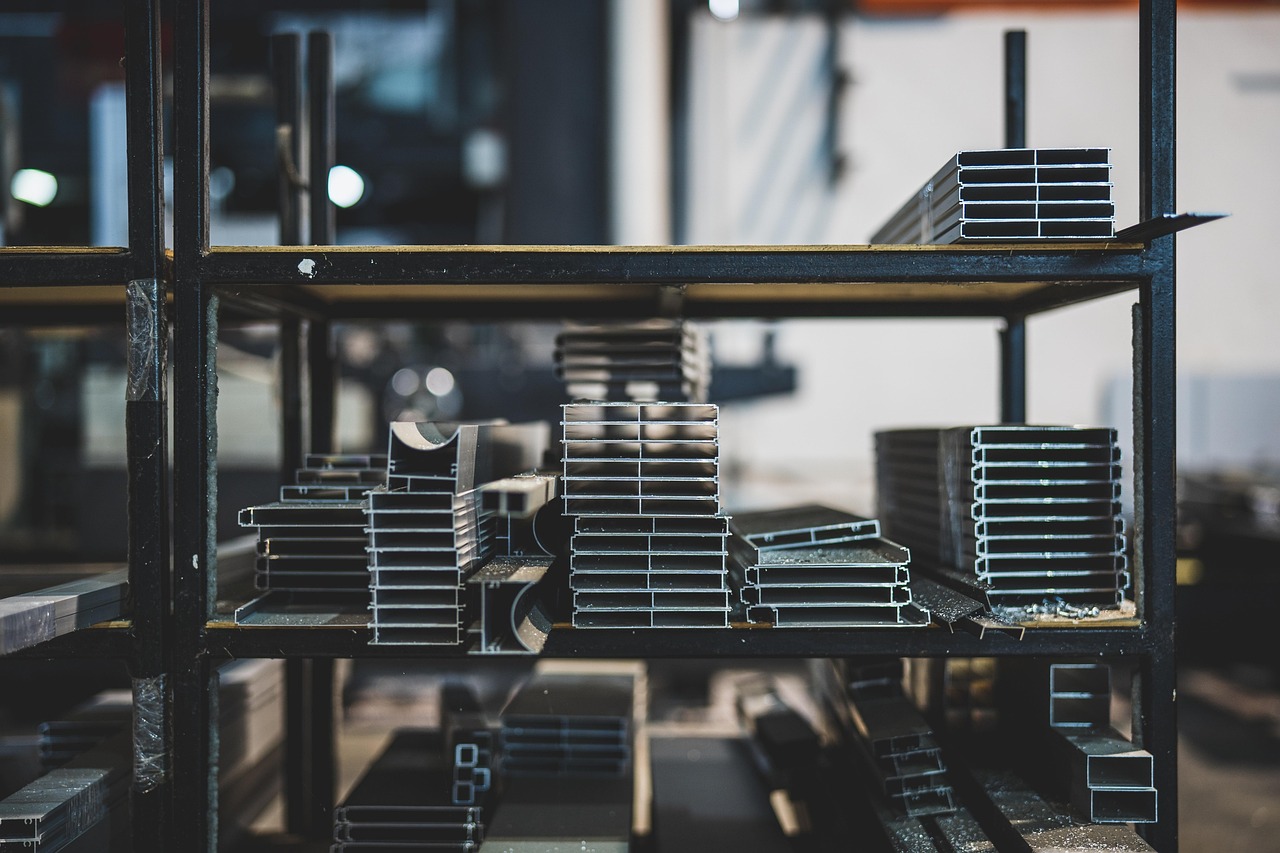Aluminium and stainless steel are two of the most widely used metals across various industries and for good reason. Aluminium is known for being lightweight and versatile, while stainless steel is prized for its strength and durability. But which one is best for your project? Selecting the right material is critical to ensuring your project’s success, whether it’s for construction, automotive work, or custom fabrication. At Metro Steel, we specialise in supplying and fabricating high-quality aluminium and stainless steel and we’re here to help you make the right choice.
When it comes to choosing between aluminium and stainless steel for your project, there are several important factors to consider. Both materials have distinct properties and advantages, making them popular across industries like construction, transportation and manufacturing. At Metro Steel, we’ve been helping clients navigate these decisions for years, ensuring that the right material is chosen to suit their specific needs. In this blog, we’ll walk you through the pros and cons of aluminium and stainless steel so you can make an informed choice.
Overview of Aluminium: Strengths and Weaknesses
Aluminium is a fantastic material for many applications. One of its most notable strengths is how light it is, making it a go-to option in industries like transportation and aerospace where reducing weight is crucial. It’s also corrosion-resistant, which makes it an excellent choice for outdoor projects and harsh environments. Another advantage is that aluminium is easy to work with—its flexibility allows for a variety of shapes and designs to be formed with relative ease.
However, it’s not without its downsides. Aluminium’s strength doesn’t quite match up to stainless steel, which means it might not be the best option for projects that require heavy-duty durability. Additionally, aluminium has a higher thermal expansion rate, meaning it expands more under heat compared to other metals, which could pose challenges in certain environments.
Stainless Steel: Strengths and Weaknesses
Stainless steel, on the other hand, is known for its strength, heat resistance and exceptional durability. It’s a material that stands up to both physical and environmental stresses, which is why it’s a popular choice in demanding industries such as medicine, food processing and construction. Stainless steel doesn’t corrode or rust easily, making it ideal for applications where cleanliness and longevity are essential.
That said, stainless steel does have a few drawbacks. It’s heavier than aluminium, which can be a disadvantage in projects where weight needs to be kept low. It also tends to be more expensive, so budget-conscious projects might lean towards aluminium for cost savings. However, stainless steel’s longevity can offer better long-term value, which we’ll explore further below.
Comparing Durability and Maintenance
When it comes to durability, stainless steel is hard to beat. It’s incredibly resistant to wear and tear and its natural resistance to rust means it’s a low-maintenance material. For projects where long-term durability is key, stainless steel is often the better option. Aluminium, while corrosion-resistant, may require more upkeep depending on the environment it’s used in. For instance, in marine or highly acidic environments, aluminium might need more regular maintenance or protective coatings to prevent damage.
In terms of cost, aluminium is typically cheaper to maintain in environments where its natural properties shine, but in more aggressive conditions, stainless steel’s resilience may prove to be more cost-effective over time.
Weight and Strength Considerations
Weight and strength are critical factors to consider. Aluminium’s lightness makes it an excellent choice when weight savings are important. For example, in the aerospace or automotive industries, using aluminium can significantly improve fuel efficiency by reducing overall vehicle weight. However, stainless steel offers superior strength, which is necessary for projects that require structural integrity and load-bearing capacity. Think of large-scale constructions or industrial machinery—stainless steel can handle the weight and stress much better than aluminium.
Cost Comparison: Aluminium vs Stainless Steel
From a cost perspective, aluminium is usually cheaper upfront. Its lower cost makes it attractive for projects with tighter budgets, especially where large quantities of material are needed. However, stainless steel’s higher price is often justified by its durability and lower long-term maintenance costs. Over time, the investment in stainless steel could pay off through fewer repairs and replacements, especially in environments where durability is paramount.
Environmental Impact: Aluminium vs Stainless Steel
Both materials have significant environmental benefits, making them sustainable options for eco-conscious projects. Aluminium is highly recyclable and the recycling process doesn’t diminish its properties, meaning it can be reused repeatedly without compromising its quality. Stainless steel, due to its long lifespan, contributes to sustainability by reducing the need for frequent replacements, leading to less waste over time. Choosing either material helps minimise environmental impact, but the decision ultimately depends on your project’s specific goals.
Choosing the Right Material for Your Project
So, which material is right for your project? The answer depends on your specific needs. If weight reduction is crucial, aluminium is likely the better option. On the other hand, if your project demands strength, heat resistance and durability, stainless steel is the way to go. Budget is another factor to consider—aluminium offers cost savings upfront, but stainless steel may provide greater value over time. At Metro Steel, we recommend assessing your project’s requirements carefully to ensure you choose the most suitable material.
Why Aluminium and Stainless Steel Matter for Your Project at Metro Steel?
Both aluminium and stainless steel offer unique benefits and understanding the pros and cons of each can help guide you towards the right decision for your project. Whether you need the lightweight flexibility of aluminium or the robust strength of stainless steel, Metro Steel has the experience and expertise to supply you with high-quality materials. If you need more guidance on which material is best suited for your next project, feel free to reach out to us at Metro Steel—we’re here to help you find the perfect fit for your needs.
 Talk to an Expert (07) 3204 1000
Talk to an Expert (07) 3204 1000 Working Hours - Mon – Fri 7:00 AM – 4:00 PM
Working Hours - Mon – Fri 7:00 AM – 4:00 PM
